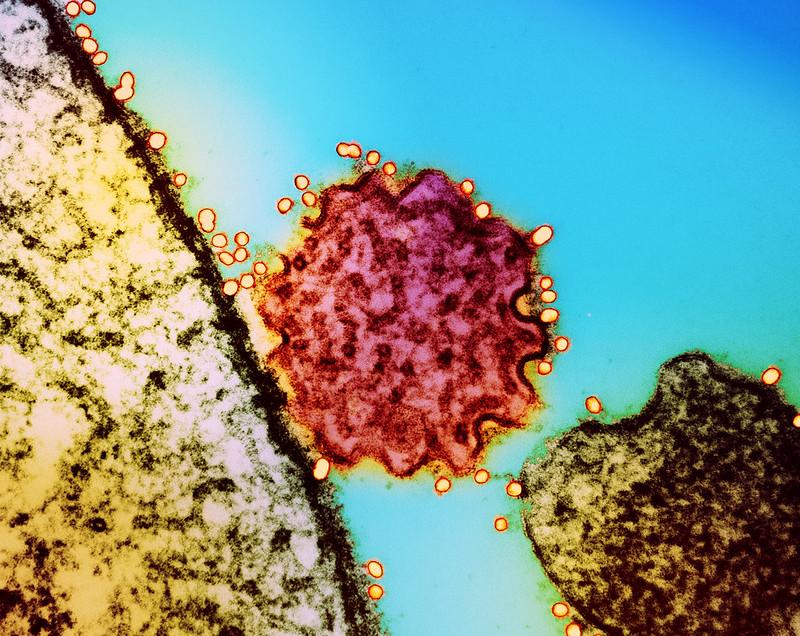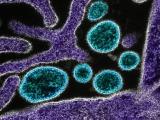The World Health Organization (WHO) today shared more details about India's latest Nipah virus outbreaks, including that testing of samples from bats and their environments near where the first patient lived turned up no positives.
In the statement, the WHO said the number of human cases remains at six, with infections fatal for two of the patients. The outbreak is centered in Kozhikode district in Kerala state and marks India's sixth outbreak of Nipah virus and the third to strike Kozhikode district.
The first patient was admitted to the hospital in late August with pneumonia and respiratory distress. He died a few days later.
All patients were close contacts
All six patients are male, ages 9 to 45 years old. The other five patients are close contacts of the index patient, and two are his family members. The others are hospital contacts, and the second death occurred in someone who had visited another patient who was hospitalized in the facility at the same time.
As of September 27, 1,288 contacts had been identified and placed under quarantine for 21 days. The four survivors with confirmed infections are clinically stable, the WHO said. High-risk contacts were tested, and all were negative.
Genetic sequencing at India's National Institute of Virology revealed that the virus is the Indian genotype and is similar to a strain found in Bangladesh, another country that has reported Nipah virus outbreaks.
Extensive sampling in bats and the environment
As part of the response, health officials collected samples from bats, bat droppings, and half-eaten fruit from the village where the first patient lived, which is in a forest that is home to several bat species. So far, all tests have been negative. However, the WHO said bats are known to harbor Nipah virus and are a potential infection source.
After the outbreak was detected, health officials imposed several measures to limit the spread. A ban on public events in Kozhikode district was allowed to expire on October 1.
Nipah virus is a paramyxovirus and is found in South and Southeast Asia. The disease has a high case-fatality rate, between 45% and 75%. Its natural reservoir is fruit bats.
Nipah virus is one of the WHO's priority diseases for research and development and is one the Coalition for Epidemic Preparedness and Innovations (CEPI) top priorities for development of countermeasures. Currently, there are no approved vaccines or treatments.



















